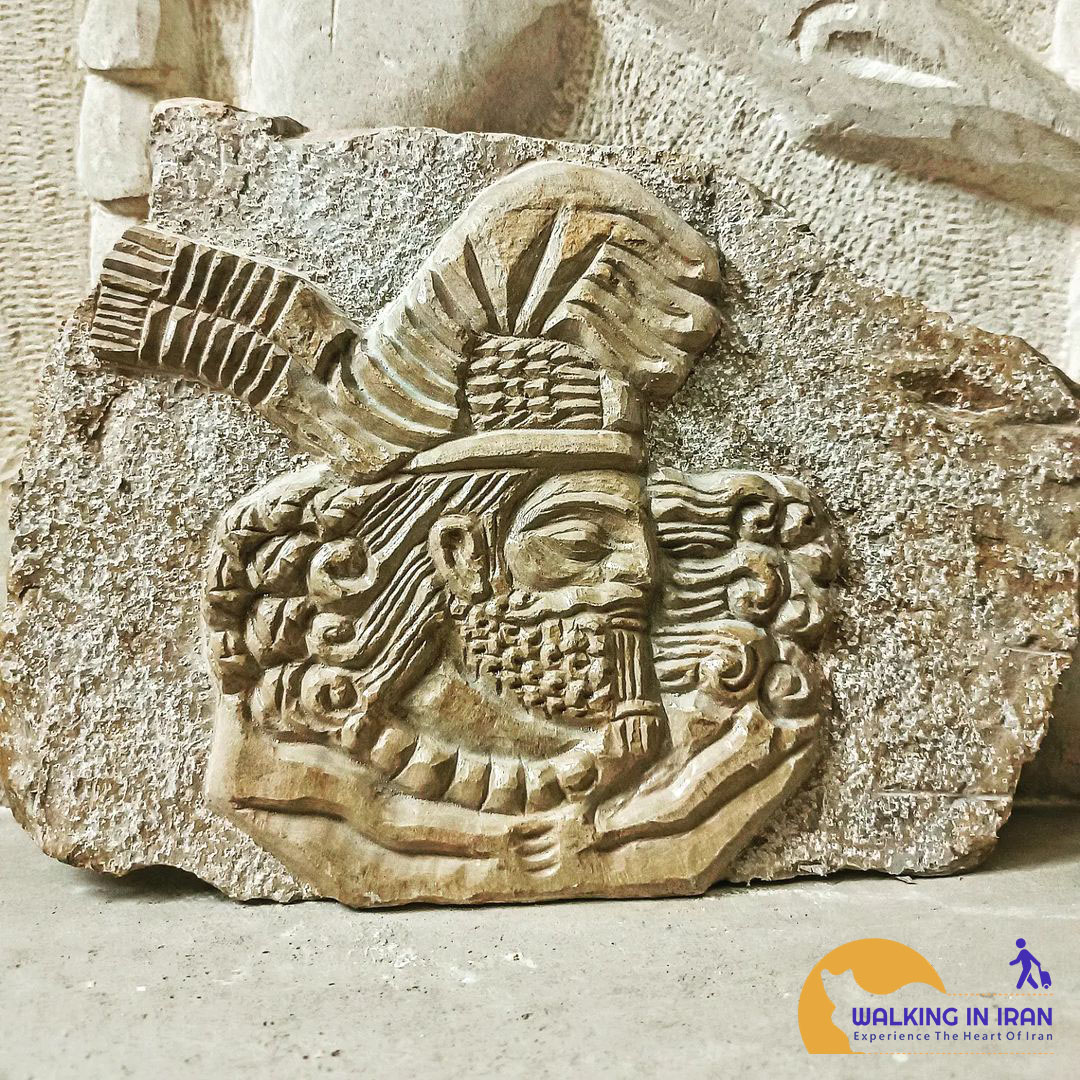The art of stone carving in Iran: a legacy of ancient civilization
The art of stone carving is one of the oldest and most authentic Iranian arts, which has its roots in the history of this land. Since ancient times, Iranians have created unique works by mastering various stone carving techniques, which are a symbol of creativity, elegance and artistic power of this nation.
History of masonry in Iran
* Prehistoric Era: Archaeological evidence shows that Iranians have carved stones into tools and sculptures using simple tools since millennia BC.
* Historical period: During the Achaemenid, Sassanid and Islamic periods, stone carving reached its peak of prosperity. Magnificent monuments such as Persepolis, Pasargad, and the Tomb of Cyrus the Great are proof of the high skill of Iranian masons at that time.
* Islamic era: In this period, stone carving was used in the construction of religious buildings such as mosques, shrines and tombs. Also, stonework played an important role in the interior and exterior decoration of these buildings.
Types of masonry in Iran
* Volumetric masonry: in this type of masonry, designs are carved out of stone.
* Flat masonry: in this type of masonry, designs are carved on the surface of the stone.
* Decorative masonry: In this type of masonry, precious and semi-precious stones are used to create beautiful and delicate designs.
Masonry applications
* Architecture: Masonry has been widely used in the construction of historical buildings, mosques, palaces and bridges.
* Sculpting: stone carving is used to make religious, historical and ornamental statues.
* Interior decorations: Masonry is used in the interior decorations of buildings such as fireplaces, columns and floors.
* Crafts: Masonry is used to make decorative objects such as containers, boxes and beads.
Masonry tools
* Hammer: to break and shave stone
* Axe: to create a smooth and even surface
* Pen: to create detailed and delicate designs
* File: to smooth the surface of the stone


